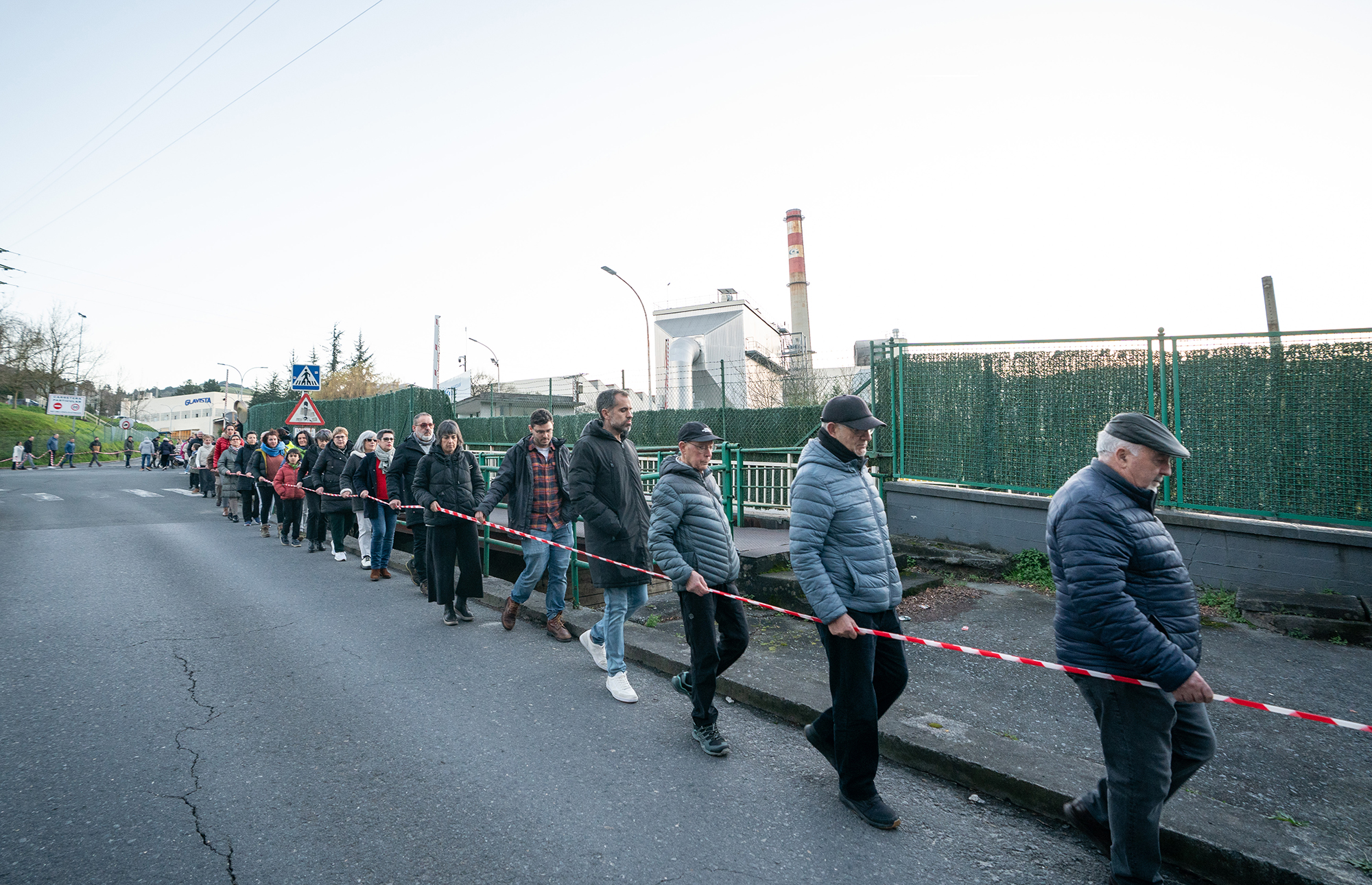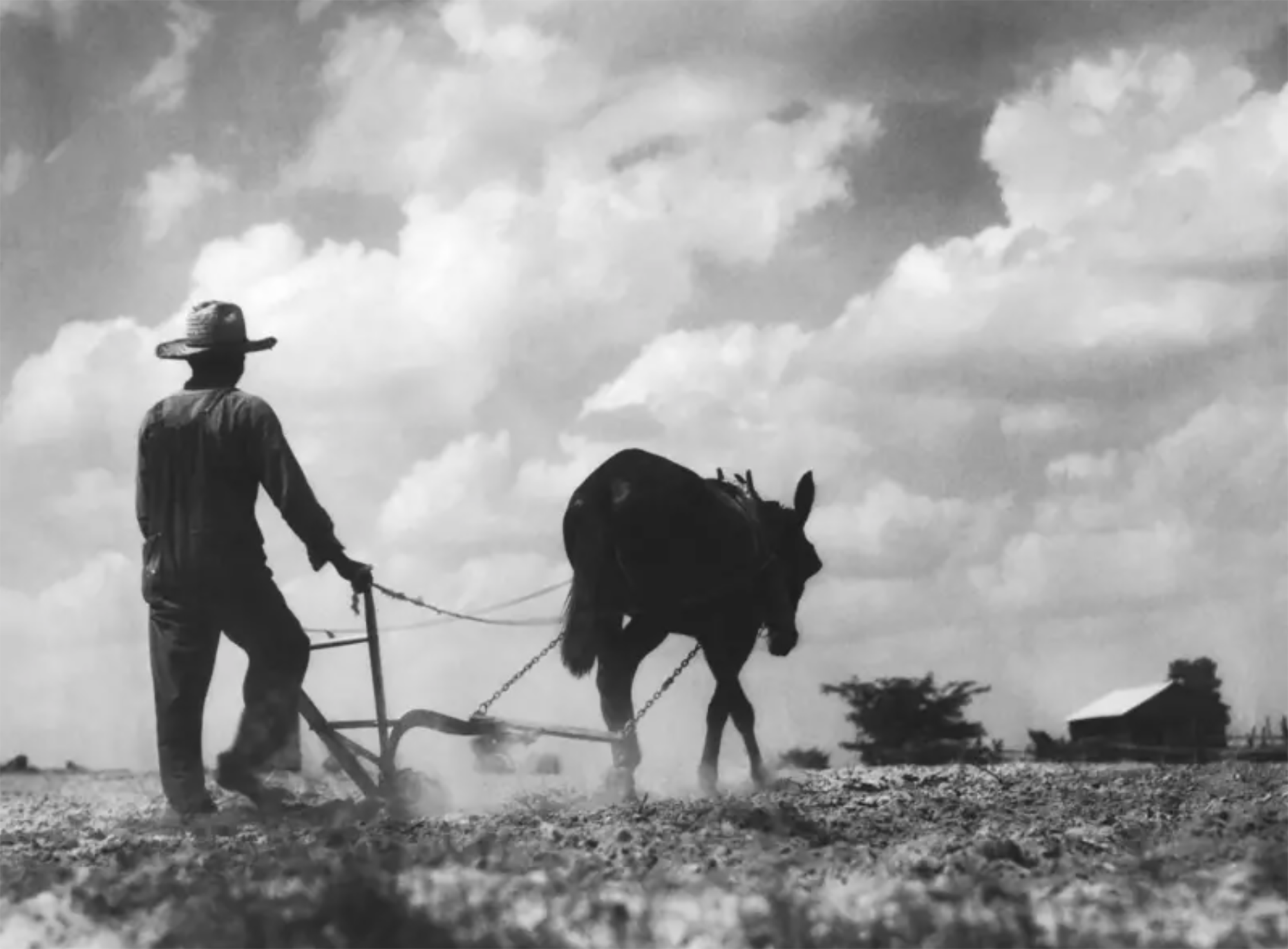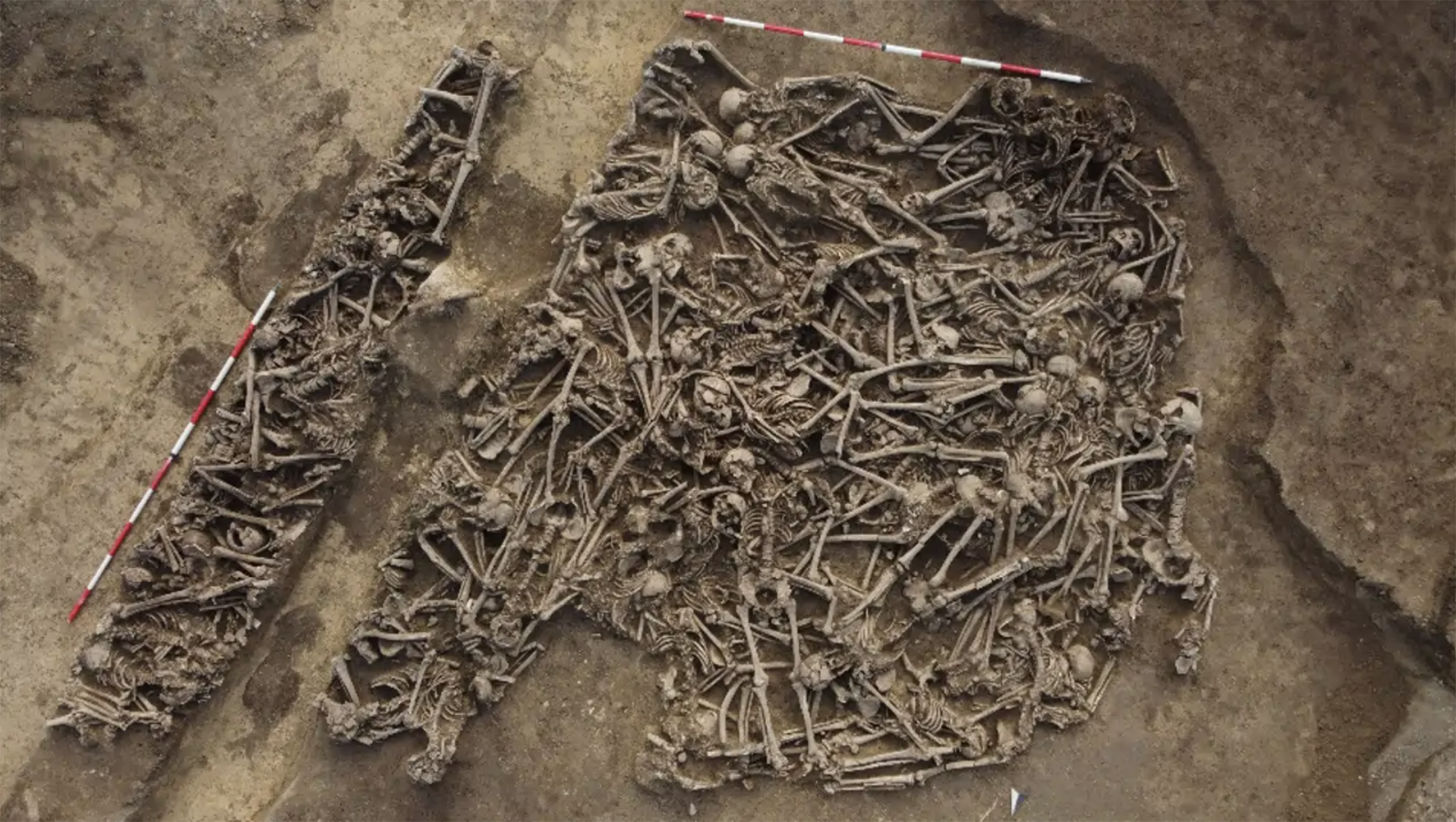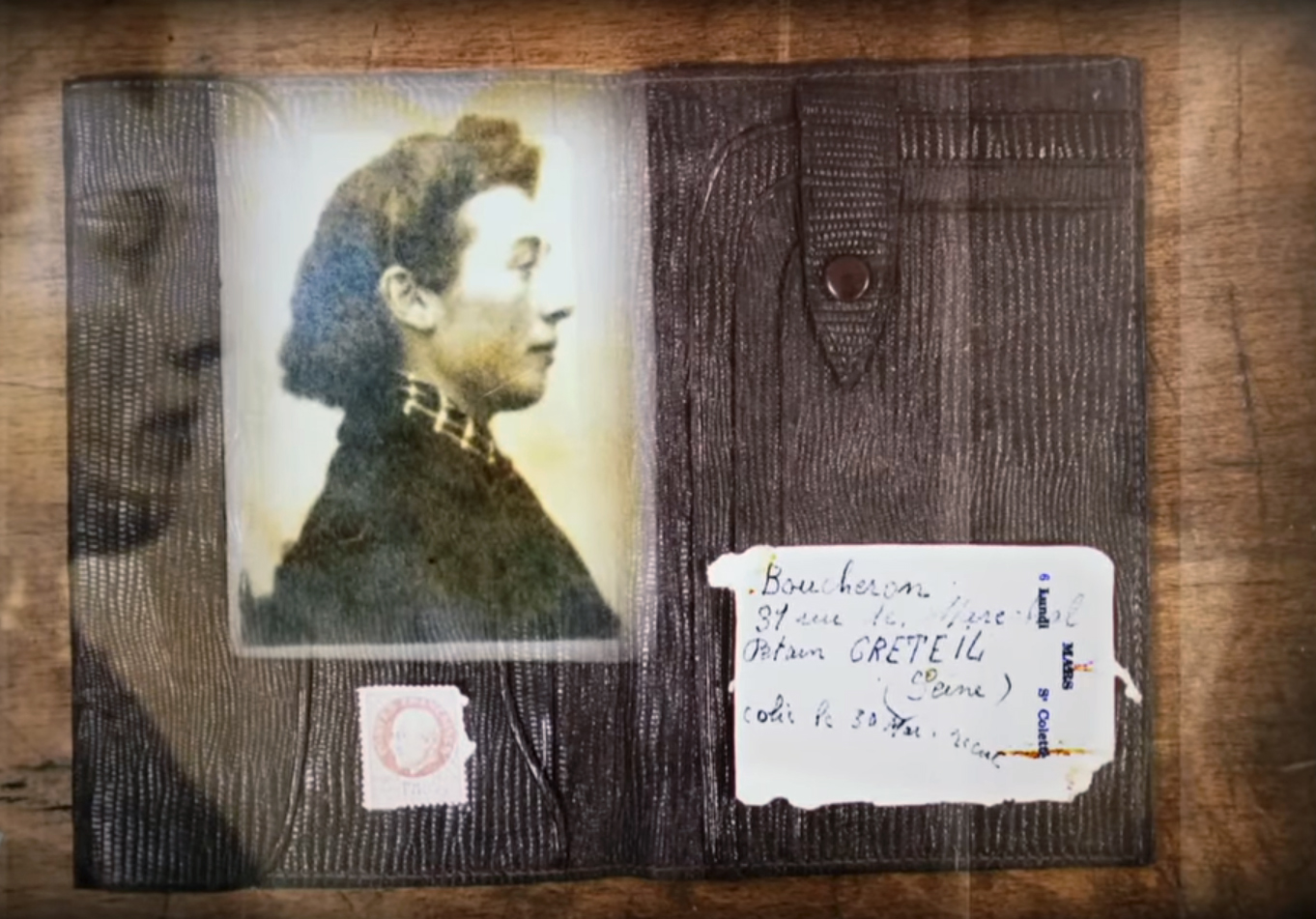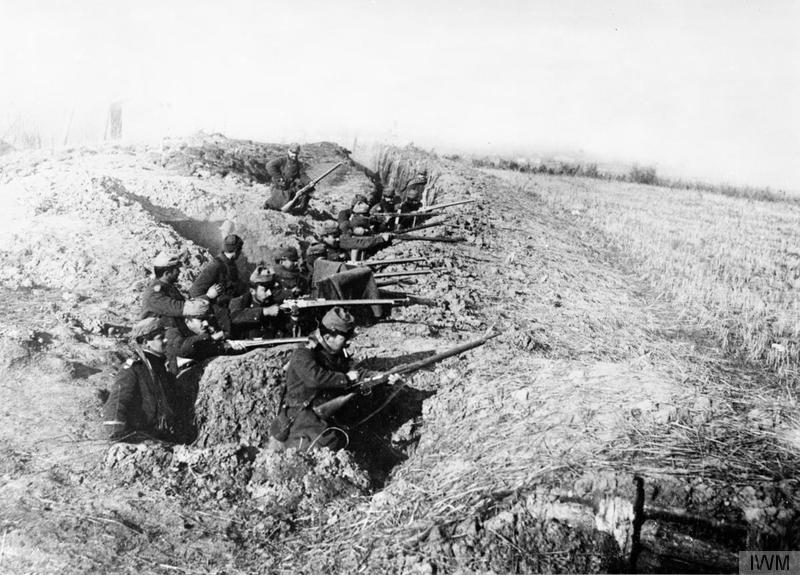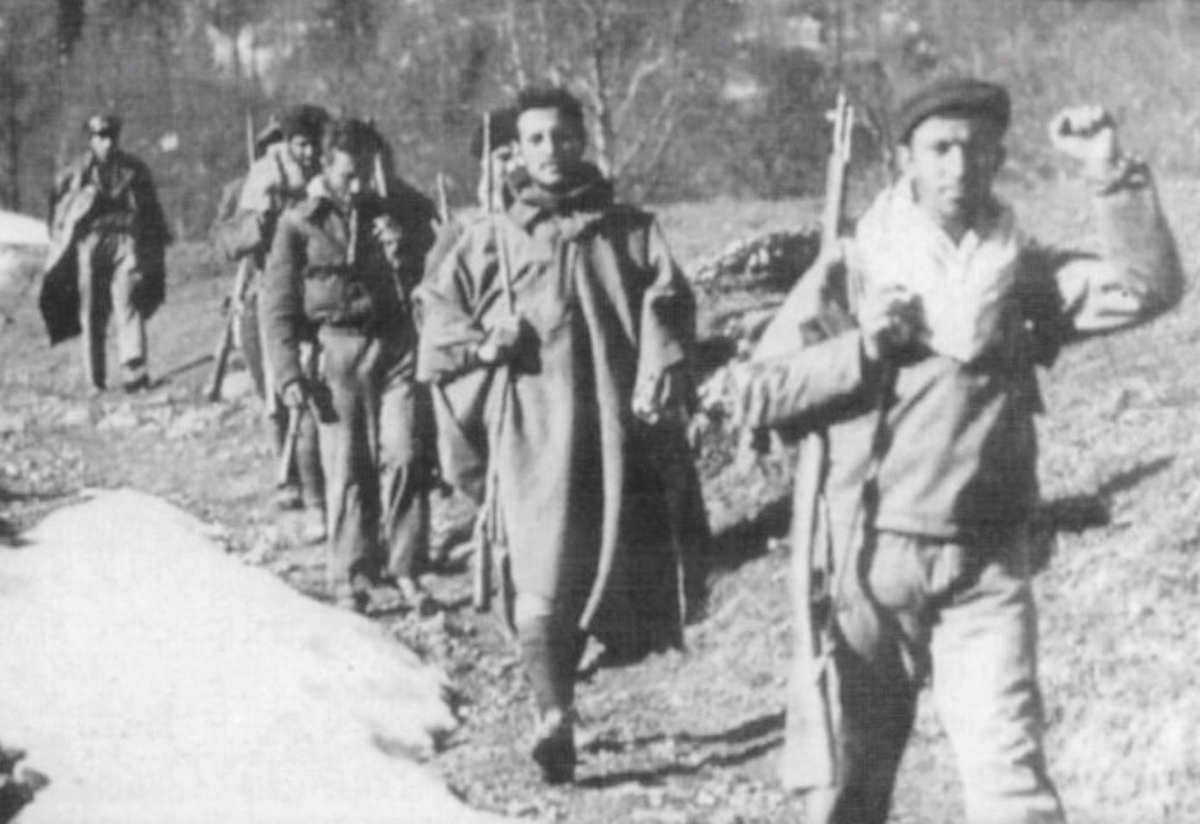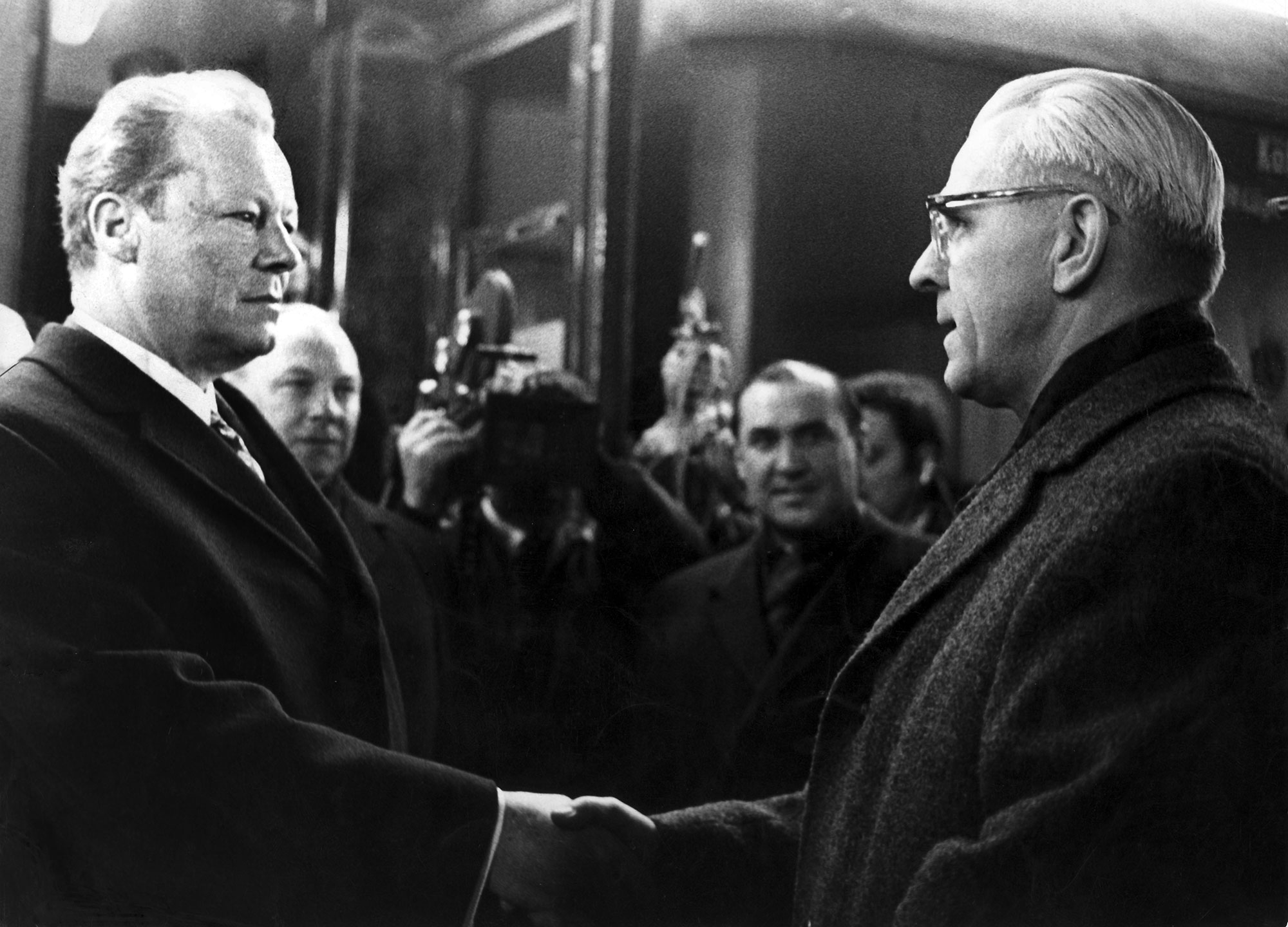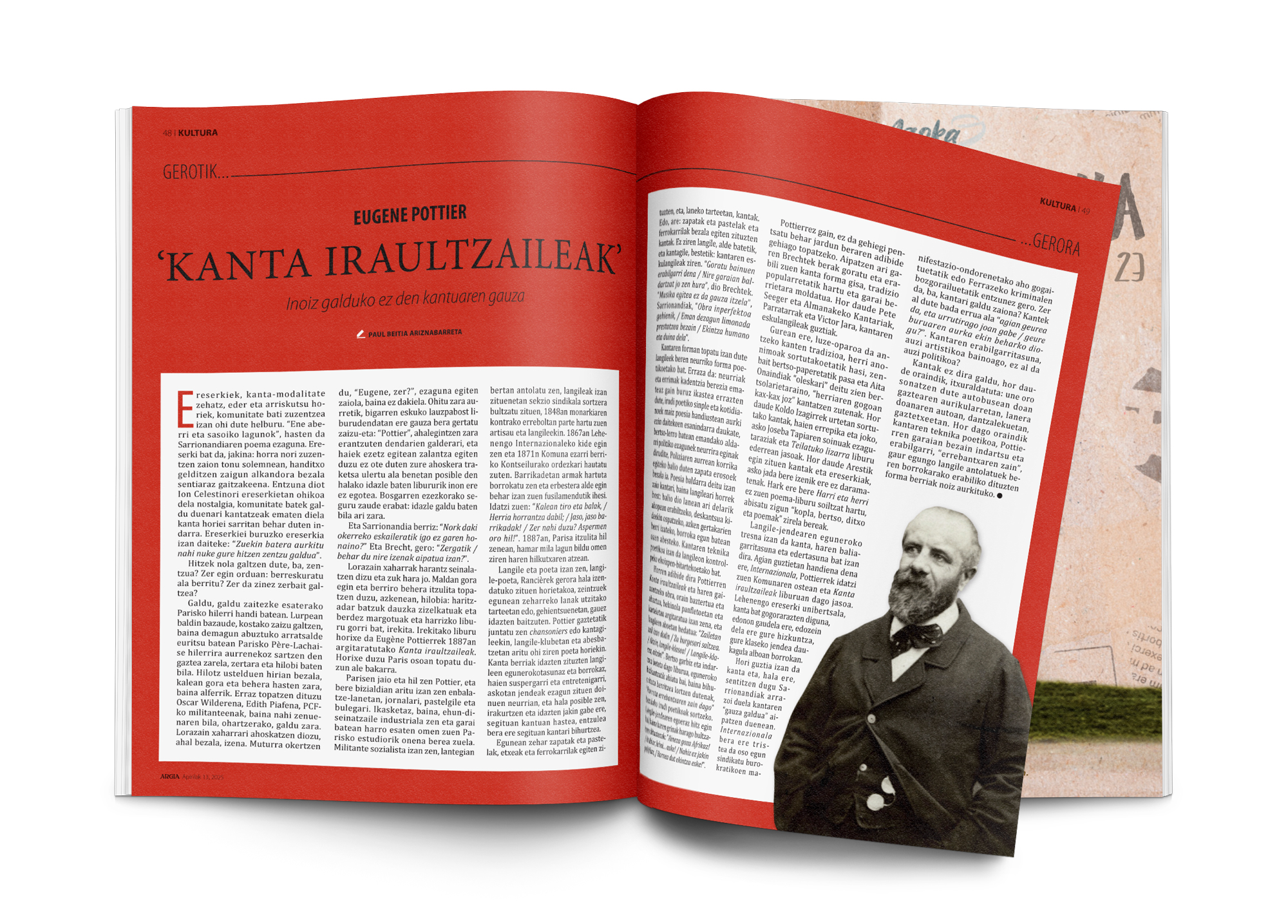The revolt of Bera and the smile of Primo de Rivera

Born 7 November 1924. A group of anarchists broke into Bera this morning to protest against the dictatorship of Primo de Rivera and to begin the revolution in the Spanish state.
Last October, the composition of the Central Board was announced between the displaced from Spain and Hegoalde to Baiona, Hendaia and San Juan de Luz. The commission, composed of Miguel Unamuno, Vicente Blasco Ibáñez and José Ortega y Gasset, among others, intended to establish a Republic presided over by the Count of Romanones. To this end, a general uprising would be carried out on 8 November, with the support of several military garrison and the entire labour movement.
Lapurdi's fugitives organized themselves to participate in the revolt. On the afternoon of November 6, a group of 42 anarchists left San Juan de Luz with weapons, cash and leaflets calling for the revolution.
Therefore, Lapurdi's fugitives organized themselves to participate in the revolt. On the afternoon of November 6, a group of 42 anarchists left San Juan de Luz in search of weapons, cash and leaflets with which the revolution was called. They came to Bera early in the morning. Sheriff Miguel Berasain, suspected of being a smuggler, alerted the Civil Guard of what happened on the spot. Between the rebels and the guards there was then a shooting in which four anarchists died and 27 were injured in the shooting, while on the civilian guard side two people died.
Four persons were arrested for the murder of the two guards: Pablo Martín Sánchez is a single man from Barakaldo, 25 years old; Enrique Gil Galaz, whose data is unknown; José Antonio Vázquez Bouzas, 29 years old, neighbor of Lugo; and Juan Santillan Rodríguez, former Burgese civil guard.
I don't settle for a trial and...
All four were tried in a military court, but were acquitted at the first war council for lack of evidence. At that time, however, it was decided to repeat the trial, apparently because they did not feel satisfied with the previous sentence. The second war council was held in Madrid on December 1, and although no new evidence was presented, the other three were sentenced to death, except for Vázquez Bouzas.
All four were tried in a military court, but were acquitted at the first war council for lack of evidence. At that time, however, it was agreed to repeat the trial, apparently because they did not feel satisfied with the previous sentence.
The pardon movement was immediately launched. Among others, the Bishop of Pamplona, Mateo Mugika Urrestarazu, made a special effort, reaching several phone calls on the eve of the execution. But the efforts were vain. It was common for Alfonso XIII.ak to grant pardons in these cases, but he did not do so with the Bera rebels, despite the fact that a climate of solidarity with the condemned (or perhaps for that reason) was created among the citizens.
Enrique Gil and Julián were shot to death on 6 December in Pamplona/Iruña. Barakaldo's neighbor, Pablo Martín, took his life and took him to execution.
All the details of Bera’s essay and its conclusions are known; they are collected in the press of the time and, among others, in Pío Baroja’s family of Errotacho. But when the hundred years of the trial are over, there is still something to explore about the interests and consequences of what happened. The organized attempt to weaken the dictatorship at last apparently served to strengthen the dictatorship.
They say that José Antonio Primo de Rivera, without showing any concern about what happened in Bera, smiled widely.
Washington, D.C., June 17, 1930. The U.S. Congress passed the Tariff Act. It is also known as the Smoot-Hawley Act because it was promoted by Senator Reed Smoot and Representative Willis Hawley.
The law raised import tax limits for about 900 products by 40% to 60% in order to... [+]
During the renovation of a sports field in the Simmering district of Vienna, a mass grave with 150 bodies was discovered in October 2024. They conclude that they were Roman legionnaires and A.D. They died around 100 years ago. Or rather, they were killed.
The bodies were buried... [+]
My mother always says: “I never understood why World War I happened. It doesn't make any sense to him. He does not understand why the old European powers were involved in such barbarism and does not get into his head how they were persuaded to kill these young men from Europe,... [+]
Until now we have believed that those in charge of copying books during the Middle Ages and before the printing press was opened were men, specifically monks of monasteries.
But a group of researchers from the University of Bergen, Norway, concludes that women also worked as... [+]
Florentzia, 1886. Carlo Collodi Le avventure de Pinocchio eleberri ezagunaren egileak zera idatzi zuen pizzari buruz: “Labean txigortutako ogi orea, gainean eskura dagoen edozer gauzaz egindako saltsa duena”. Pizza hark “zikinkeria konplexu tankera” zuela... [+]
Ereserkiek, kanta-modalitate zehatz, eder eta arriskutsu horiek, komunitate bati zuzentzea izan ohi dute helburu. “Ene aberri eta sasoiko lagunok”, hasten da Sarrionandiaren poema ezaguna. Ereserki bat da, jakina: horra nori zuzentzen zaion tonu solemnean, handitxo... [+]
Linear A is a Minoan script used 4,800-4,500 years ago. Recently, in the famous Knossos Palace in Crete, a special ivory object has been discovered, which was probably used as a ceremonial scepter. The object has two inscriptions; one on the handle is shorter and, like most of... [+]
Londres, 1944. Dorothy izeneko emakume bati argazkiak atera zizkioten Waterloo zubian soldatze lanak egiten ari zela. Dorothyri buruz izena beste daturik ez daukagu, baina duela hamar urte arte hori ere ez genekien. Argazki sorta 2015ean topatu zuen Christine Wall... [+]











